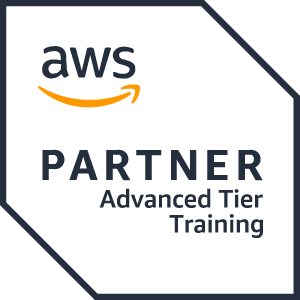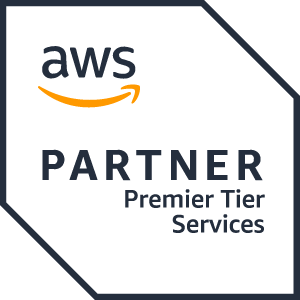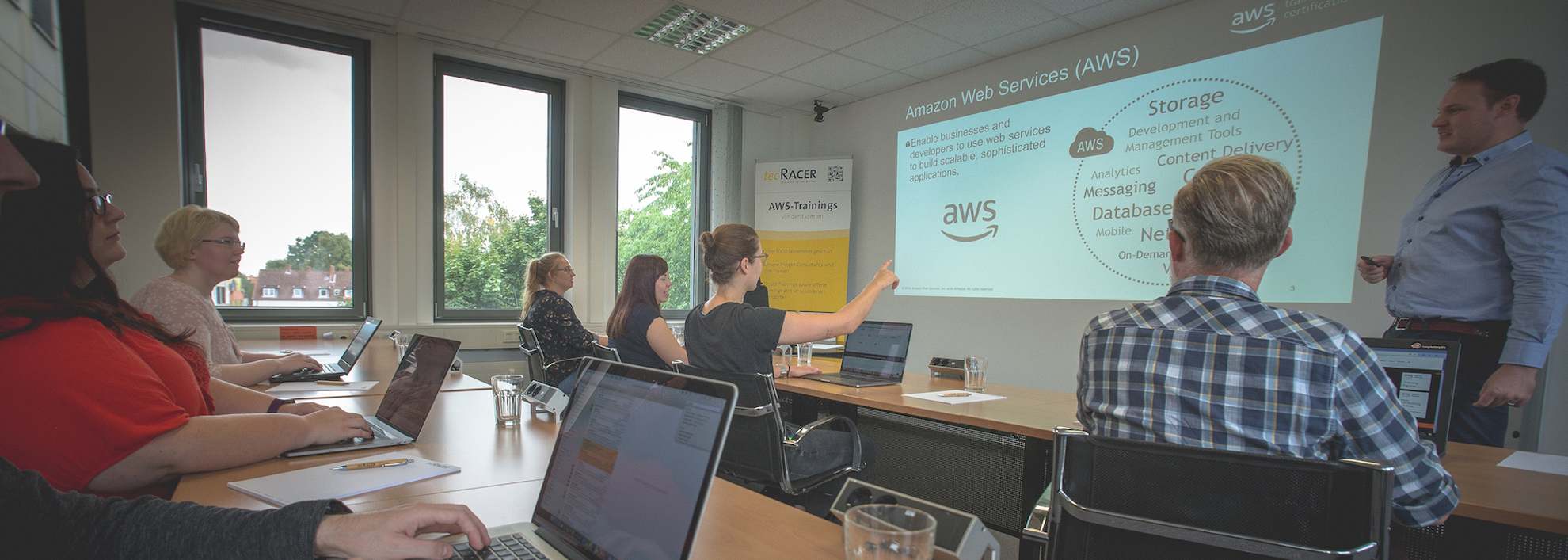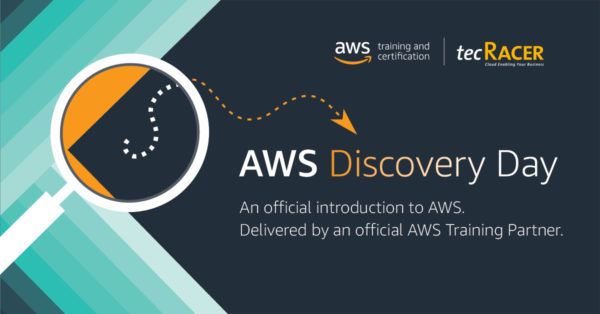AWS Certified Data Engineer – Associate
Who should take this exam?
AWS Certified Data Engineer – Associate is designed for those who have experience in data engineering and understand the effects of volume, variety, and velocity on data ingestion, transformation, modeling, security, governance, privacy, schema design, and optimal data store design. You should also have hands-on experience with AWS services.
We recommend that you have the following knowledge before taking this exam:
- Setup and maintenance of extract, transform, and load (ETL) pipelines from ingestion to destination
- Application of high-level but language-agnostic programming concepts as required by the pipeline
- How to use Git commands for source control
- How to use data lakes to store data
- General concepts for networking, storage, and compute
- An understanding of the AWS services for encryption, governance, protection, and logging of all data that is part of data pipelines
- The ability to compare AWS services to understand the cost, performance, and functional differences between services
- How to structure SQL queries and how to run SQL queries on AWS services
- An understanding of how to analyze data, verify data quality, and ensure data consistency by using AWS services
Prerequisites
The recommended experience prior to taking this exam is the equivalent of 2 to 3 years in data engineering or data architecture and at least 1 to 2 years of hands-on experience with AWS services.
Recertification
AWS Certifications are valid for three years. To maintain your AWS Certified status, we require you to periodically demonstrate your continued expertise though a process called recertification. Recertification helps strengthen the overall value of your AWS Certification and shows individuals and employers that your credential covers the latest AWS knowledge, skills, and best practices. Once you have obtained an AWS certification, you will receive a 50% discount on other AWS certification exams.






